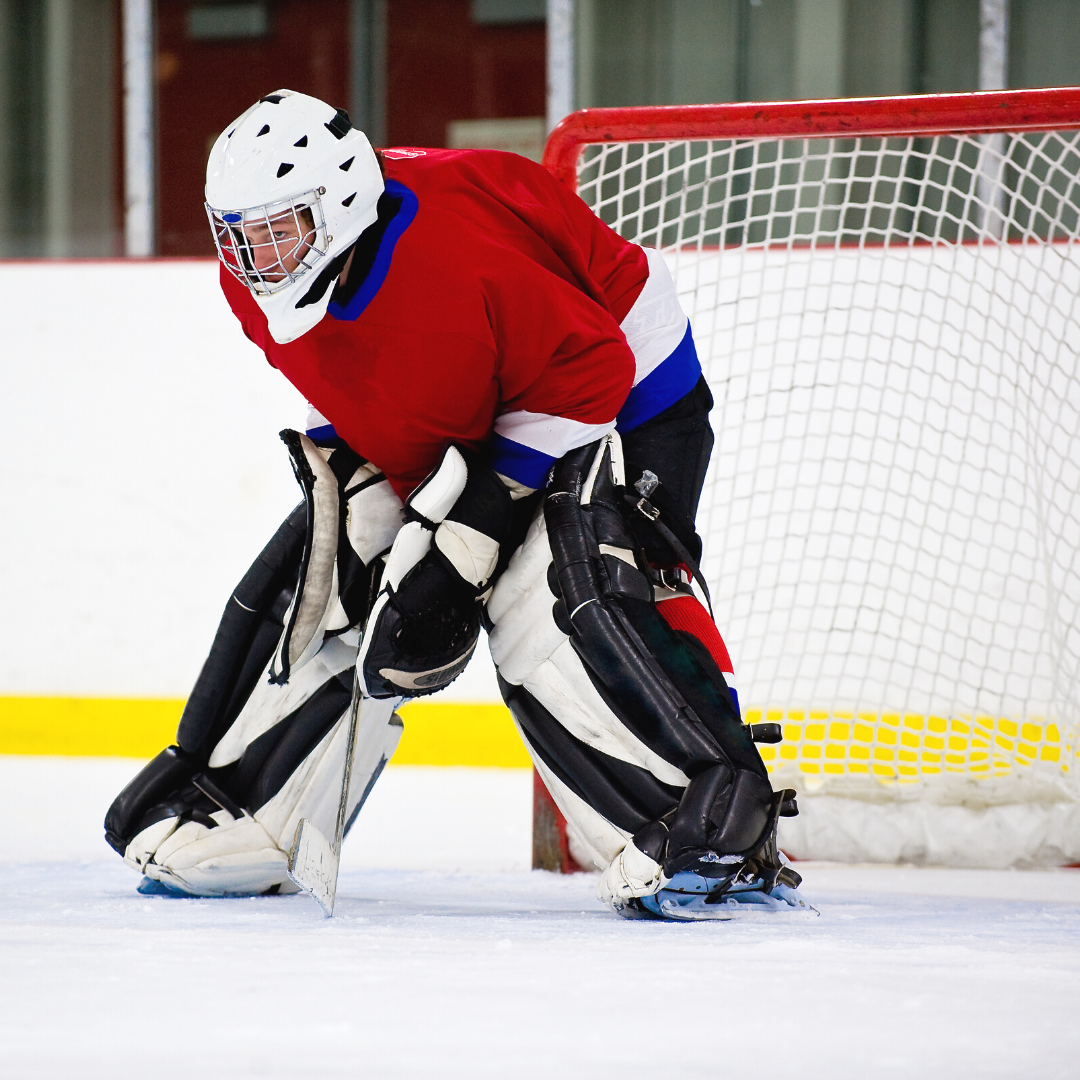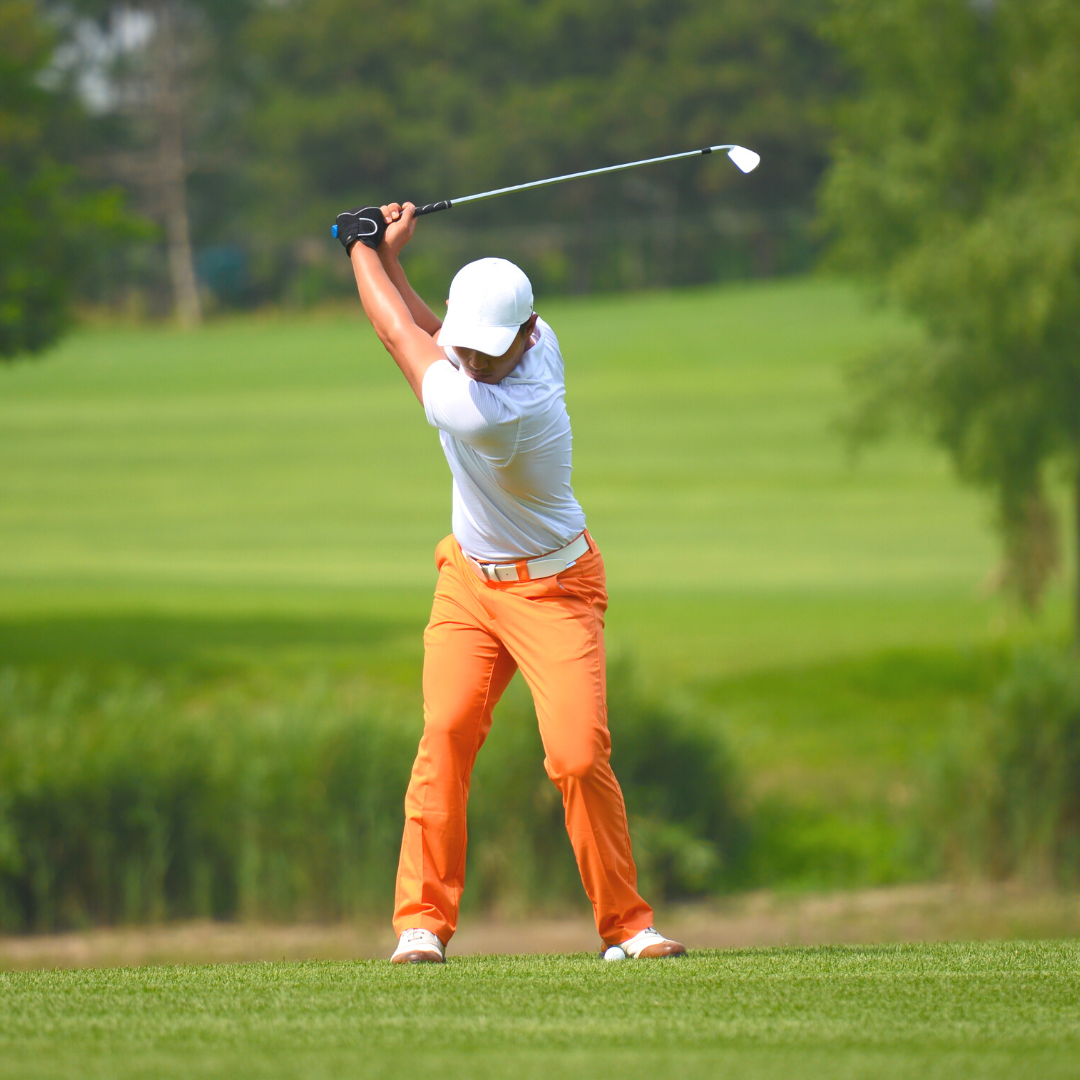Just as Cardinal fans were rejoicing the return of a healthy Chris Carpenter after two years, he has returned to the DL with an external oblique strain. Atlanta’s third baseman Chipper Jones was plagued by this injury during Spring Training as well. These are unfortunately not uncommon injuries in pitchers and throwing athletes, and usually affect the side opposite of the throwing arm. During the motion of throwing, the muscle can be overstretched beyond its normal resting length and result in tearing of the muscle fibers with secondary injury.
Most muscle strain injuries are typically treated with conservative measures, including a period of rest, ice, and anti-inflammatory medications. When the discomfort is completely resolved, rehabilitation can then focus on strengthening the core and abdominal musculature to improve mechanics and prevent future injury.
Abdominal muscle strains, however, are particularly difficult to manage as there is no way to splint the abdomen and fully rest these muscles. Furthermore, almost all daily activities are aided by contraction of the abdominal musculature, and consequently, any movement involving flexion or rotation of the trunk can increase pain and discomfort. Even sitting up from a chair, leaning over to pick up an object, or reaching overhead can aggravate an abdominal strain.
Despite these inherent difficulties, however, the mainstay of rehabilitation remains the same for oblique strains. The cornerstone of treatment is to rest until the pain and inflammation have resolved, followed by a closely supervised rehabilitation program of core strengthening. The athlete would then start a structured throwing program to build up arm strength. For this reason, an oblique injury can be a six-week injury for a pitcher. There should be no rush to a quick return to play, however, as each case must be guided by individual symptoms and progress. Furthermore, pitchers are particularly reliant on their obliques to generate torque and velocity when throwing, and it is critical to achieving complete healing to avoid a recurrent injury.
Complete healing before returning to throwing is imperative, as pitching relies heavily on what has been described as the kinetic chain of throwing. This means that the entire body, starting with the feet and legs up through the abdominal muscles to the shoulder and elbow, all play a role in generating the power needed to pitch. It also implies that each link in the chain needs to be strong to prevent injury further down the line. It is not uncommon for baseball players with problems with their hip or abdominal muscles to develop shoulder or elbow problems as a result of trying to overcompensate. This is of particular concern in a pitcher like Chris Carpenter who is coming off Tommy John Surgery to reconstruct his elbow ulnar collateral ligament.
So Cardinal fans shouldn’t be too dismayed. We expect Carpenter to be out for a couple of months, but he should come back strong and ready for the rest of the season.



